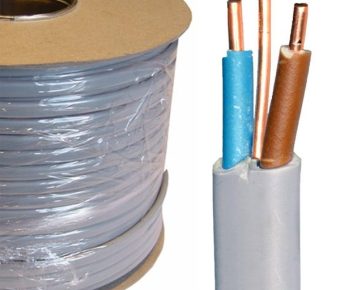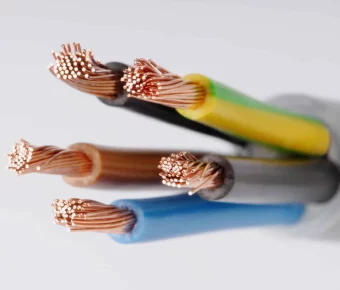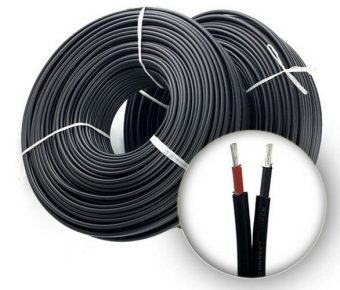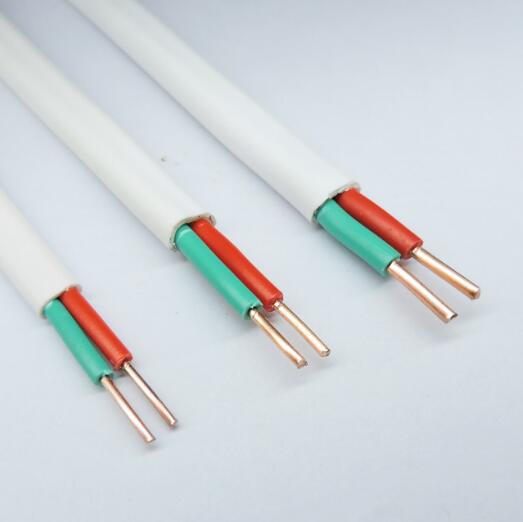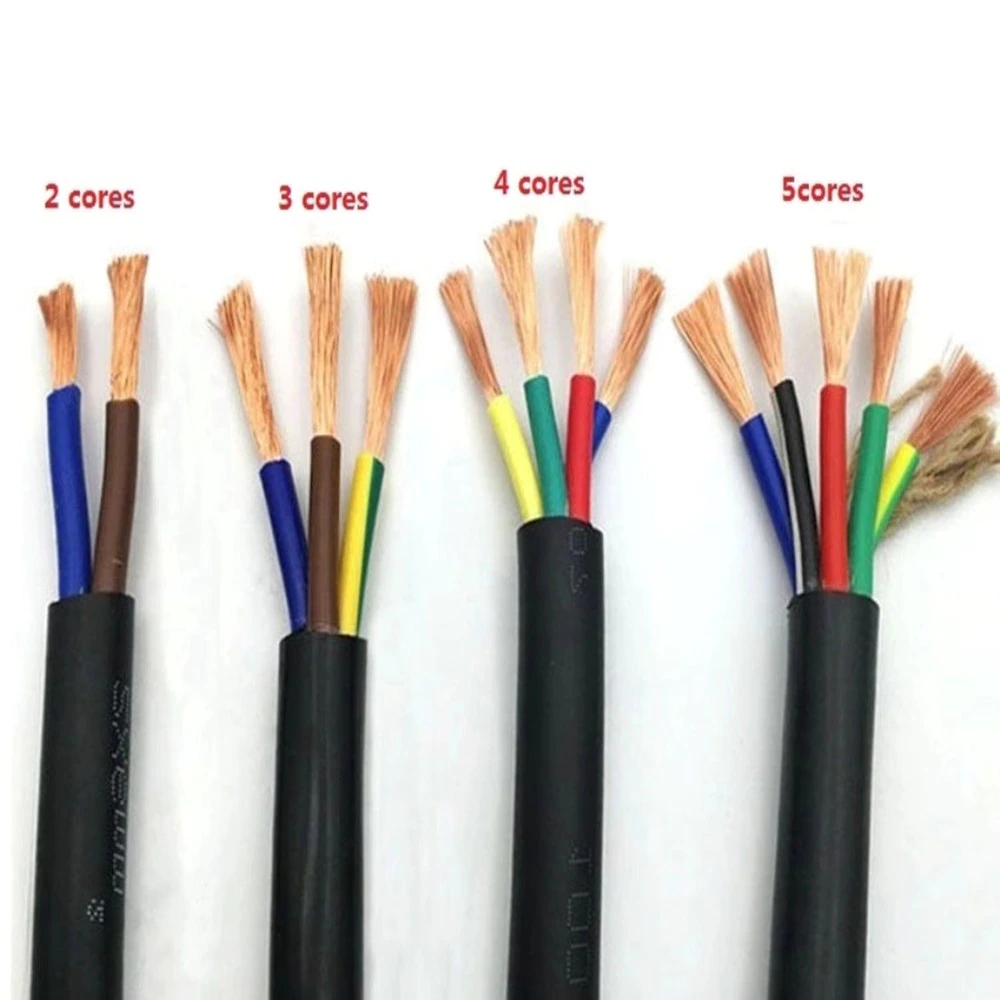- Leading Cable and Wire Manufacturer-ZW
- 2 Core Cable
2 Core Cable
- According to IEC and GB Standard
- Flame Retardant & PVC Cable
- Approved by CE, CCC, ISO
- Large stock cables with different sizes
2 core cable: Select The Right Cable For You
We’ve done the research for you and made a comparison table of all the best 2 core cable. Now you can find which one suits your needs the best, by reading what other customers are saying. You won’t find that kind of transparency anywhere else!
What is 2 core cable?
2 Core Cable is an electrical cable that has two conductors inside the PVC sheath. 2 core cables are used in general purpose applications such as telephone systems and home appliances. The 2 core cable is also known as a 2 conductor cable because it has only two conductors inside it. The 2 core wire is a very common type of electrical wire used in many different types of applications.
According to the situation of the power supply, there are many kinds of 2-core cable sizes available on the market such as 1.5mm 2 core wire, 2.5mm 2 core cable, 4mm 2 core wire, and 6mm 2 core cable
2 Core wire is also known as twin core cable or flat 2 core cable. It has two insulated copper conductors, one of which is stranded. Both conductors are covered with an outer layer of PVC insulation to provide mechanical protection and electrical insulation. The outer layer also provides protection against heat and moisture damage. Therefore we can also call it PVC cable.
What is 2 core cable used for?
2 Core Cable is a cable that has two conductors inside the PVC sheath. 2 core cables are used in general purpose applications such as home appliances and power tools.
2 core cables are also used in low voltage where there is no need for grounding or earthing of equipment. The 2 core cables are available in various sizes from 0.5mm2 to 35mm2, with voltage ratings ranging from 110V to 600V. The 2 core cable also has different applications like data transmission & distribution, control systems, industrial usage, and residential construction.
What is the difference between 2 core cable and 3 core cable?
The first thing to look at when trying to determine the difference between 3 core cable and a 2-core cable is the number of conductors. A 3 core cable consists of a live, neutral, and grounded conductor. 2 core wire consists of a live and neutral conductor.
The second thing to look at when trying to determine the difference between 3 core cables and 2 core cables are the color of the insulation surrounding each wire. A 3 core cable has three different colors of insulation surrounding each conductor: brown, blue, and yellow-green (or sometimes orange). A 2 core wire has two different colors of insulation surrounding each conductor: red/black or red/blue.
A 3-core cable usually has a thicker gauge than a 2-core cable because there are more wires in it. This means that if you’re using it for power rather than the data transfer, then you might have trouble getting enough voltage through it to power your equipment. The thicker gauge also means that it will take up more space than a 2-core cable would take up if you were trying to bundle together several cables for easy installation around your home or office space.
The main difference between 2 core electrical cables and 3 core electrical cables is that 3 core has an extra ground wire to protect against electric shock when working with mains electricity.
2 core cable price
2 core cables are made of copper conductor and PVC insulation material. The cable is flexible and easy to use, which can be used for various applications in electrical engineering and telecommunications. The price of the 1.5mm 2-core cable is USD 0.56/M.
The features of 2-core cables:
1) High-quality materials with excellent performance, good tensile strength and flexibility, and excellent electrical conductivity;
2) Lightweight and easy to transport;
3) Can be used in a variety of industries such as electric power plants, power stations, substations, factories, mines, construction sites, and other industrial sectors;
4) Widely used in industrial production lines such as welding machines and control systems;
5) Brand new products with high-quality assurance
6) package can be a 2-core cable 50m and 2-core cable 100m
Conclusion:
As you can see, if you are in the market to purchase 2 core cables, single core cable, or 4 core cable there are many options available to you. They come with a wide range of capabilities and features and can be used in a variety of capacities. The amount of care that is put into the development of each one will vary from product to product, but most good quality manufacturers understand that an inferior product will not even make it off the assembly line. The information provided above should give you the start that you need as it relates to your cable needs and wants, including a list of all the top cable providers available for your use.

